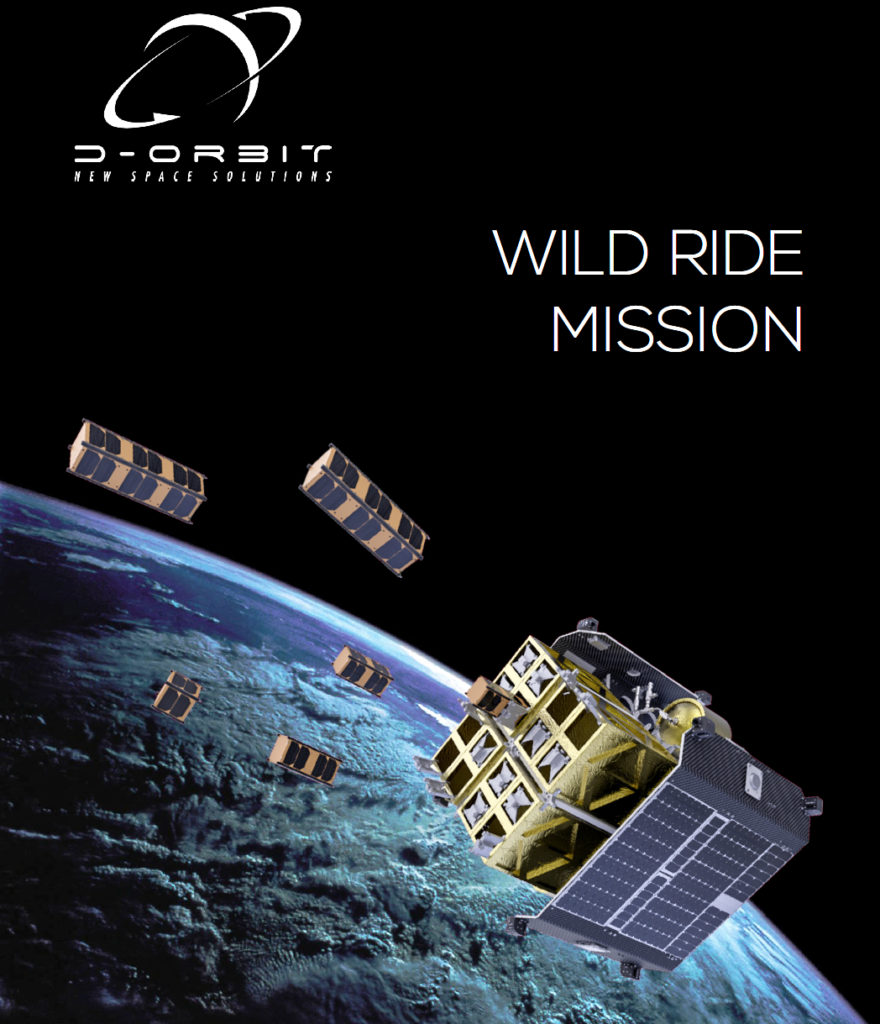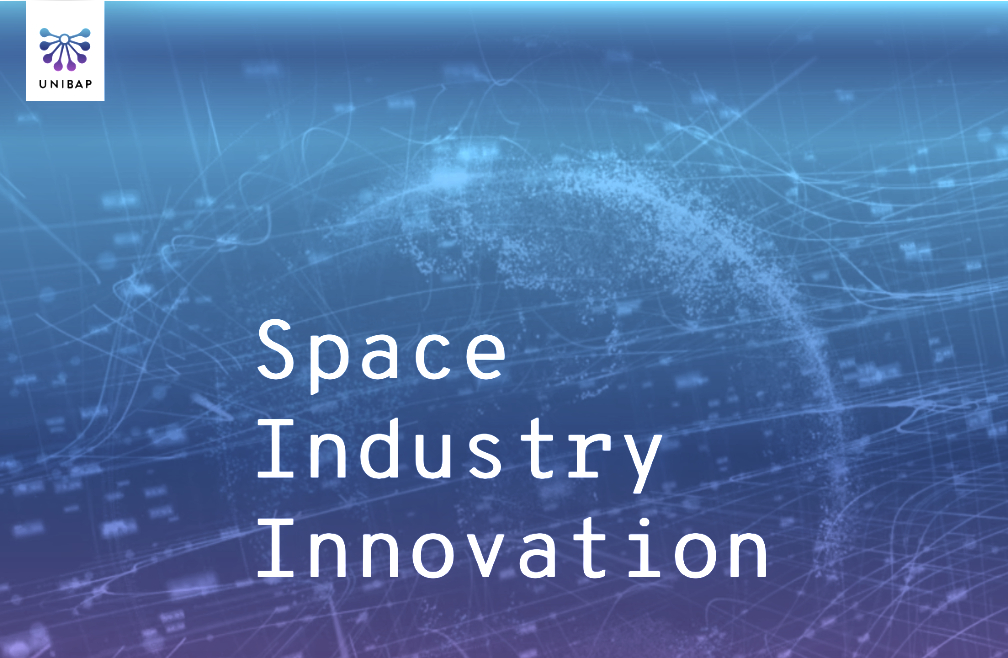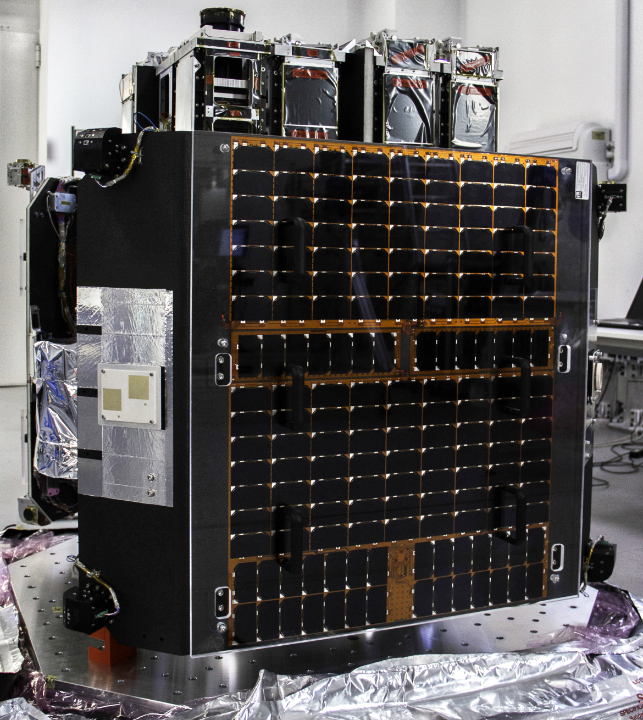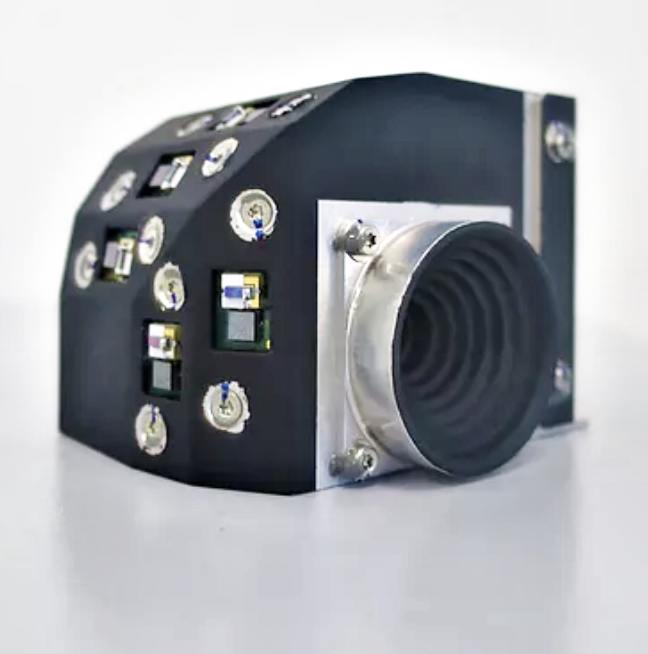D-Orbit has successfully completed the orbital testing of Nebula, a cloud platform designed to provide distributed, high-performance, data analytics computing and storage capabilities in space.

Nebula is a hardware-software environment that enables end-users to uplink and run software and AI/ML apps in a way similar to conventional, terrestrial cloud environments. This first iteration of the system has been built in collaboration with Swedish-based AI company Unibap on top of their radiation-tolerant iX5-100 SpaceCloud® platform, which features a combination of central processing unit (CPU), graphical process unit (GPU), and vision processing unit (VPU) chips, solid-state storage, and an optimized Linux-based operating system running SpaceCloud framework API.

The system was integrated into an ION Satellite Carrier using D-Orbit’s propriety plug-and-play interfaces. ION is a space tug designed, manufactured and operated by D-Orbit to transport satellites into orbit and release them individually into distinct and precise orbital slots. ION can also accommodate multiple third-party payloads such as innovative technologies developed by startups, experiments from research entities and instruments from traditional space companies requiring a test in orbit.

The testing on Nebula was performed in space as part of the WILD RIDE mission, which is still ongoing. A major bottleneck for satellite applications is the limited bandwidth of the downlink channel. A typical imaging application requires several hours to produce usable information. The real-time ML processing of imaging data in orbit, on the other hand, produces immediate results, while reducing at the same time the volume of information that needs to be downlinked by several orders of magnitude, enabling a much faster presentation of the final result to the user.
The test campaign successfully executed 23 separate SpaceCloud compatible applications from a variety of partners, including WorldFloods, an ML payload developed by the Frontier Development Lab (FDL), a partnership led by UK-based Trillium Technologies with the University of Oxford and ESA’s Phi-lab. For this test, the applications used a combination of preloaded data from a variety of satellites, such as Copernicus Sentinel-2, and raw data collected by ION Satellite Carrier’s multi-instrument sensor D-Sense.

All mission objectives have been accomplished, validating the approach of an advanced in-orbit computing platform capable of performing advanced computations on raw data directly in space, turning them into actionable information optimized for downlink.
The next iteration of Nebula, which is scheduled to fly onboard ION’s next mission in January of 2022, will feature an advanced electro-optical instrument and will enable third parties to upload and execute applications.
“This is an important step toward D-Orbit’s vision of a comprehensive space infrastructure that will provide all kind of services to vehicles in Earth’s orbit,” said Simon Reid, COO of the UK branch of D-Orbit. “While this batch of tests used mainly pre-loaded images, our follow-on mission, which will be ready for commercial use, will provide real-time access to instrument data. Everyone with programming knowledge can easily write apps to process all kind of data directly in space.We completed this project in less than a year, demonstrating the incredible versatility of the ION platform and the opportunity it provides to develop space technology in a new, agile way. While significant, this orbital test only scratches the surface of what is possible with a platform that is scalable by adding nodes, integrating sensor types, and organizing data transfer via inter-satellite links.”
According to Dr. Fredrik Bruhn, Chief Evangelist in digital transformation and board director at Unibap, “We are currently seeing a fast global change in the space service market and the Nebula – SpaceCloud solution orbital success demonstrates a leap in the way business models around data can be implemented going forward. We are thrilled that extremely low-latency information products can be created in orbit. Going further, it is now possible to create flexible data management and user-on-demand on-orbit application services. It is great to see how our combined efforts and partnership with ESA has come together in the Nebula service and given important feedback to Unibap’s next generational SpaceCloud products and solutions.”
